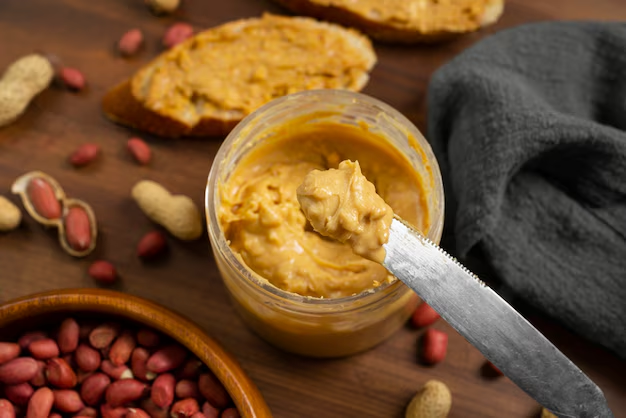Can Diabetics Enjoy Peanut Butter Safely?
Navigating the culinary landscape as a diabetic can sometimes feel like treading a minefield, with every bite scrutinized for carbs and sugars. Among the pantry staples, peanut butter often sparks debates: is this creamy, nutty spread a friend or foe for those managing diabetes?
The Nutritional Profile of Peanut Butter
Peanut butter, celebrated for its rich and comforting flavor, boasts a variety of benefits:
- Low-Carb Content: It contains minimal carbohydrates, making it a potential ally in maintaining stable blood sugar levels.
- Healthy Fats: Packed with monounsaturated fats, it can help improve heart health, a crucial concern for diabetics.
- Protein Punch: This spread is a good source of protein, offering a longer-lasting feeling of fullness that can help with weight management.
However, choices matter. Opting for natural peanut butter without added sugars or unhealthy fats can significantly influence its suitability for a diabetic diet.
Peanut Butter's Impact on Blood Sugar
For diabetics, managing blood sugar levels with precision is vital. Glycemic index (GI) is a measure of how quickly foods raise blood sugar levels. Peanut butter itself has a low GI, meaning it has a gradual effect on blood sugar when consumed in moderation.
Pairing peanut butter with high-fiber foods such as whole-grain bread or fruit can be an excellent strategy to mitigate spikes in blood sugar. It creates a balanced snack or meal that not only satiates but also supports glucose management.
Portion Control and Moderation
While peanut butter offers potential health benefits, enjoying it comes down to portion control. Overindulgence can lead to an increase in calorie intake, which may translate to weight gain and subsequent blood sugar complications. The key lies in savoring small portions — ideally one to two tablespoons per serving.
Government Aid and Financial Support for Diabetics
Managing diabetes is not only about smart dietary choices; it's also about accessing the right financial resources to support ongoing healthcare needs. Fortunately, there are several programs and solutions available:
- Medicare and Medicaid: For eligible individuals, these programs can help cover medical costs related to diabetes care.
- State Health Departments: Many states offer assistance programs specifically designed to aid diabetics in managing their conditions more affordably.
- Nonprofit Organizations: Groups such as the American Diabetes Association can connect individuals with financial aid opportunities.
- Pharmaceutical Assistance Programs: Some manufacturers offer discounts or free supplies for diabetes medications.
Empowering Your Financial Future
In addition to direct aid for medical care, broader financial assistance resources can also provide support. By understanding and utilizing these offerings, diabetics can reduce stress and focus more on managing their health:
- ✔️ Debt Relief Options: Programs that consolidate debt or offer credit counseling can help achieve financial stability.
- 🏡 Rent and Housing Assistance: For those struggling with housing costs, there may be grants or subsidies available.
- 🎓 Educational Grants and Scholarships: Opportunities exist for continuing education that can lead to better job prospects and financial independence.
- 💳 Credit Solutions: Tools like secured credit cards can aid in rebuilding credit and establishing a secure financial foundation.
By making thoughtful dietary choices and accessing available resources, diabetics can lead a fulfilling and healthy life without letting their condition define them. Peanut butter can be more than just a tasty treat—if managed wisely, it can be a part of a balanced diabetic diet, just like financial tools that balance and support life’s various demands.
